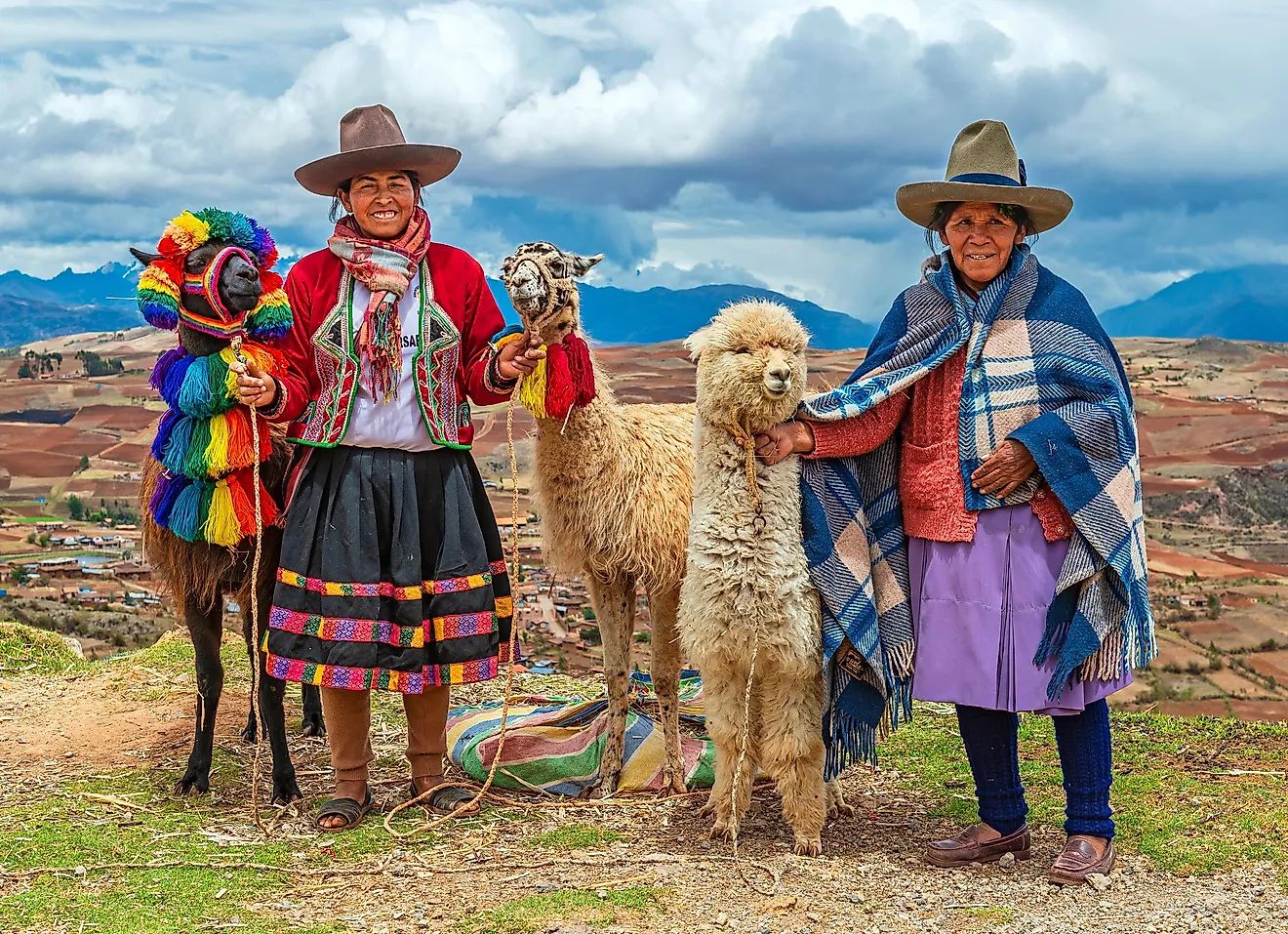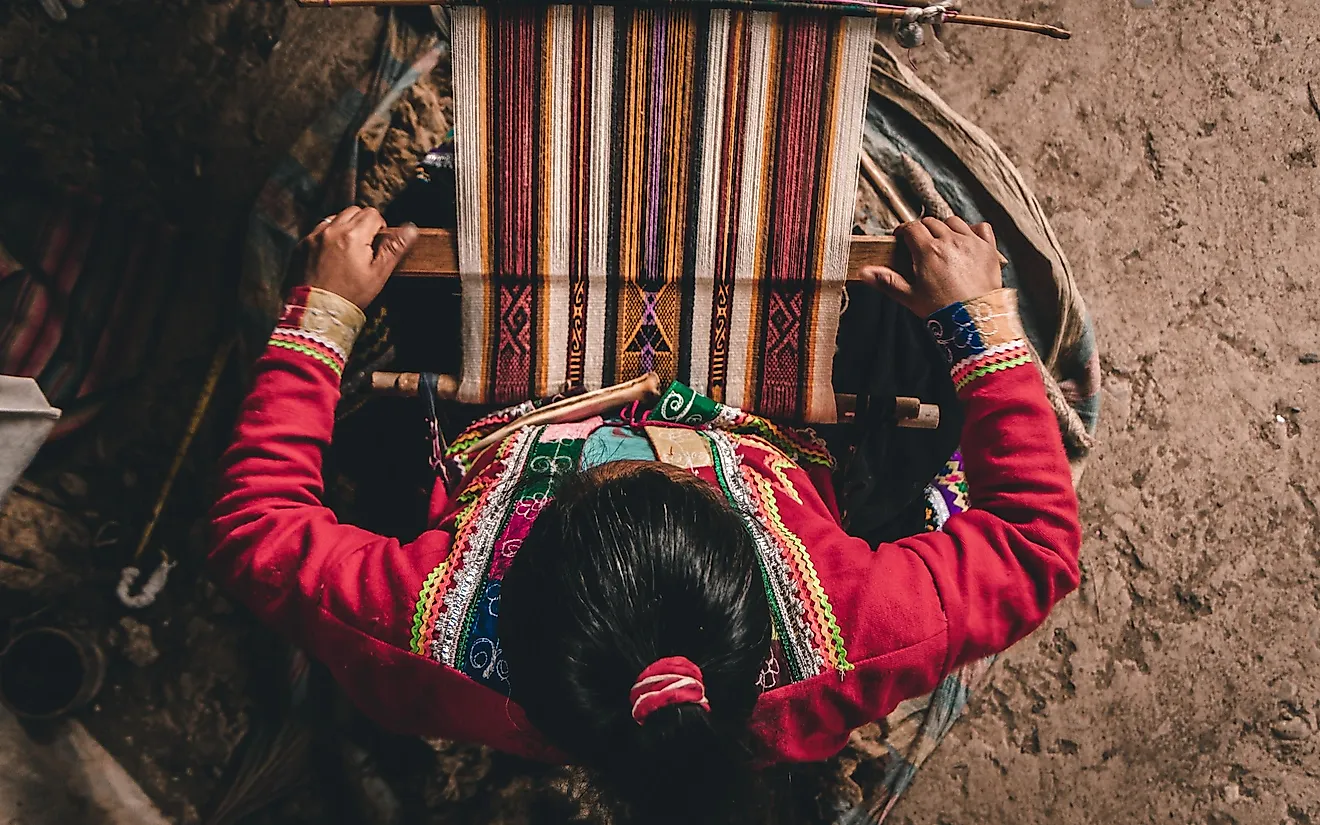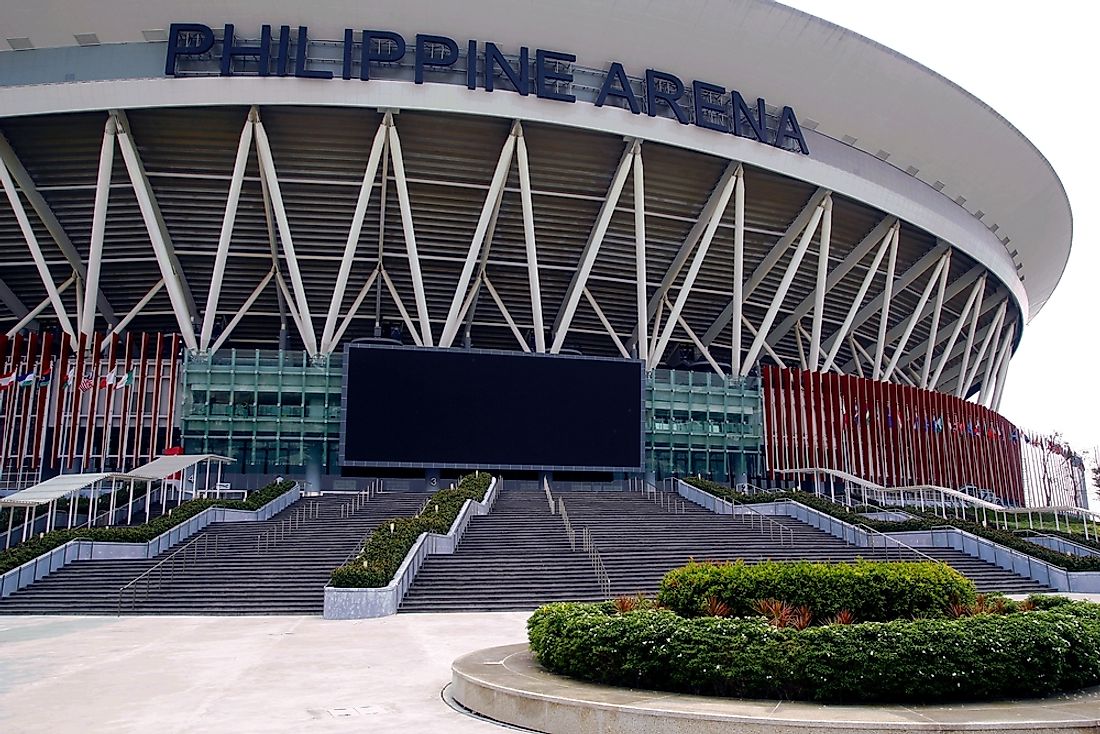The Quechua People

Quechua Diaspora
Modern Quechua people are descendants of the Canaris, Chancas, Huancas, Incas, and other South American Indigenous peoples. The word Quechua also refers to the language spoken by at least 13 million Indigenous people in South America.
The Quecha diaspora includes people from Argentina (55,493), Peru (5,176,809), Bolivia (1,837,105), Ecuador (2,568,000), Colombia (23,249), and Chile (33,868). The time of the Spanish conquest of South America has produced the Mestizo population, which refers to people of mixed Spanish and Indigenous heritage. Mestizos make up the majority of the population of these countries. Today, pure Quechua people can only be found in far-flung communities in their respective countries.
History And Persecution
The history of the Quechua people is directly linked with the Inca Empire. It was the Incas that conquered the many different Quechua tribes in South America and assimilated some of these peoples into their culture. However, after the arrival of the Spanish conquistadors, the Quechua peoples were killed by execution and foreign diseases. The Spanish colonizers enforced Encomienda or Hacienda systems in their colonies, forcing the Indigenous populations to modify their ways of life in order to produce crops for the Spanish. This was just one of the ways the Quechua people and other Indigenous peoples were assimilated into Spanish culture.
Today, as in past times, Quechua peoples are still subjected to persecution, often as a result of being seen as peasants especially in the remote villages in their respective countries. The Quechua mestizos are treated differently as are the modern Quechua people who adopted the Quechua language for convenience.
Traditional Ways Of Life

The Quechua peoples of today may share some similarities in their way of life but only to a certain extent. The lowland and city Quechua people have mostly been influenced by modern culture introduced by the Spaniards. Modern Quechua people often live in townships, homesteads, and communities.
However, many Quechua still practice centuries-old traditions in the central Andean highland villages. They subsist on agriculture such as pastoral farming and cultivation of arable crops. The Aymara and the Quechua who practice their ancient cultural traditions are closely linked. They will often live in clay brick houses with straw roofs, weaving naturally-dyed cotton and wool into fabrics for clothing and handicrafts.
Culture, Language, And Entertainment
The Quechua language is a co-official language along with Spanish in Peru and is a second language in Bolivia. In the highlands of these two countries, the Quechua language is spoken as the sole language by about 50% of the population, while 90% understand the language. Ancient Quechua culture and entertainment are linked with the traditions of the Inca. Modern Quechua people and Quecha-Mestizos have been influenced by Spanish cultural elements that were introduced by the conquistadors such as Christianity, domesticated animals, and farming tools. Traditional clothing is still worn in many Quechua communities, even in cities and townships. Meetings, weddings, and festivals all form part of the Quechua people's traditional entertainment.
Notable Quechua
Notable Quechua personalities are leaders, revolutionaries, activists, and entertainers. One of the most notable is Peruvian President Ollanta Moisés Humala Tasso who took office July 28th, 2011. President Tasso won over Fujimori in a run-off vote in the 2011 election. Another leader who was Quechua is Peruvian Viceroyalty José Gabriel Túpac Amaru, who early on led a revolutionary uprising against the Spanish colonialist in 1780. Although he later held the government position as vice-royalty, he was executed in 1781.
The Quechua German-born American actress Q'orianka Waira Qoiana Kilcher achieved fame in the role of Pocahontas in The New World in 2005 alongside Colin Farrell. She also played a major role in another film, Princess Kaiulani. Other notable Quechua are Martín Chambi, a photographer; Diego Quispe Tito, an artist and painter; Benjamin Bratt, an American actor; and Josh Keaton, also an American actor.











